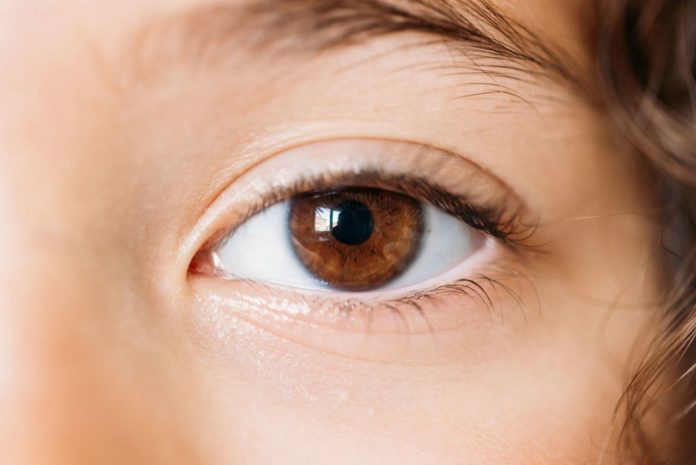When the mind’s eye cannot visualize images, counting sheep or navigating streets with a “mental map” can be impossible.
Aphantasia is a strange disorder in which some people can’t visualize images in their heads. For a long time, the only way to diagnose aphantasia was to rely on people’s self-reported experiences. Now, we may have a method for detecting it in a new way.
A new study found that aphantasia can be identified based on pupil dilation response. Our pupils constrict when we are exposed to strong light and expand when we are exposed to darkness to allow more light into the retina; however, it is also known that our pupils can change size owing to cognitive activity.
In Australia, researchers looked at two groups of people: 42 people who said they had regular visual imagination skills and 18 people who said they had aphantasia. They asked them to look at images with light and dark shapes on a gray background and to think about what they saw.
Both groups of people had consistent pupil dilation responses to both bright and dark pictures.
The researchers next asked both groups to picture the identical visuals while open-eyed. Surprisingly, they discovered that the pupils of people with normal visual imagination continued to shrink and grow, whereas the pupils of people with aphantasia did not vary in size at all.
These results,” according to the study authors, “provide novel evidence that our pupils respond to the vividness and strength of a visual image being held in mind, the stronger and more vivid that image, the greater the pupillary light response.
“Finally, we show that, as a group, there is no evidence of this pupil response in individuals without mental imagery (aphantasia).”
The study provides a novel impartial assessment of aphantasia because the pupil’s response to light is involuntary, and the technique does not rely on self-report.
“We are now close to an objective physiological test,” adds Joel Person, lead author, “like a blood test, to see if someone truly has it.”
Researchers also discovered that persons who could imagine more vivid images had larger pupils. This gives researchers another tool to use when assessing the power of mental images in future investigations.
The study’s most intriguing topic, though, is how mental imagery could be triggering involuntary pupil response in the first place.
The authors hypothesize those common top-down mechanisms between visual imagery and perception exist, in which brain regions that interpret visual information process imaginary visions in the same manner that actual visual data is processed.
The pupil responds to imagined brightness similarly to how it responds to retina-based light sources in this situation, corroborating the findings that the more powerful or vivid your mental images are, the more ‘perception-like’ they are.
Researchers wanted to be sure that the people with aphantasia were actually trying to imagine the images in the study, so they added an extra challenge in which they had to visualize four forms at once instead of just one.
“Our pupils are known to get larger when we are doing a more difficult task,” says adds Lachlan Kay, another researcher.
“Imagining four objects simultaneously is more difficult than imagining just one. The pupils of those with aphantasia dilated when they imagined four shapes compared to one, but did not change based on whether the shapes were bright or dark.”
Many of the important processes that our brains may execute are aided by our ability to generate mental representations of visual input. We do it to recover knowledge from our long and short-term memories, to visualize letters and symbols when learning a language, and to navigate or remember where we have been.
The mental world is distinct for those with aphantasia, revealing the profoundly unique neurological ways in which we all connect with the environment.
Image Credit: Getty
You were reading: A strange condition that prevents eyes from having fantasies
